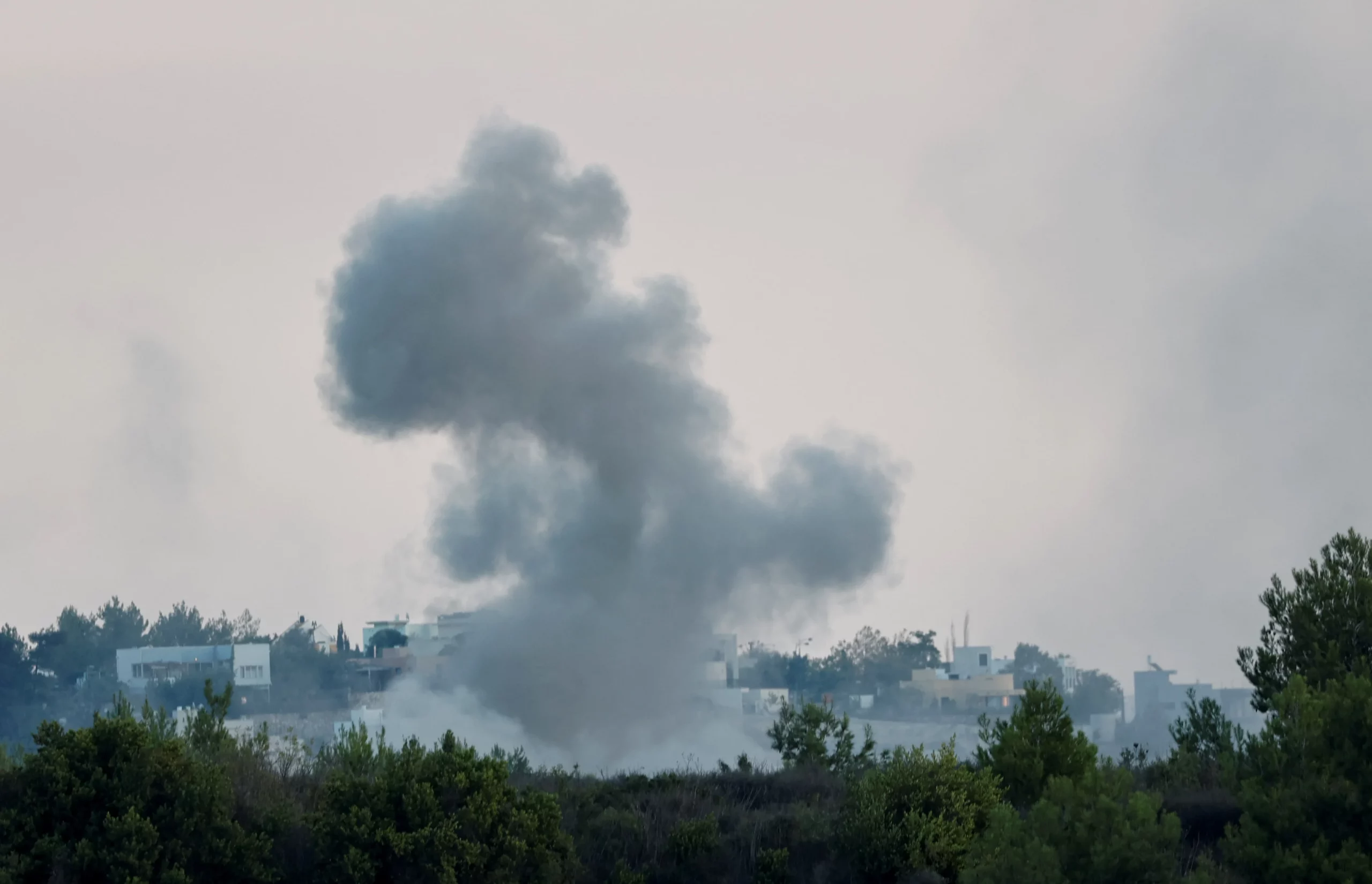Military operations on the southern borders of Lebanon have taken a completely new form, with the last few days being considered the most violent since the start of direct confrontations between Hezbollah and Israeli forces.
Retaliatory strikes between the two parties have exponentially escalated to involve a range of new weapons and the targeting of areas well beyond the border.
The scope of Israeli operations have gotten much deeper, reaching areas north of the Litani river and the surroundings of Saida and Iqlim al-Tuffah, while Hezbollah strikes have penetrated deep into Israeli military headquarters and strategic targets.
On a strategic front, diplomatic sources have indicated that the Gaza front is no longer linked to the Lebanese front from the perspective of Israeli authorities, as Israel now has new considerations and would likely demand more land and border concessions from Hezbollah and a “safer” front on the Lebanese side.
As such, the probability of a ceasefire in Gaza translating to a ceasefire in Lebanon is now more unlikely.
New Weaponry
According to a statement by Hezbollah, the group downed the “richest and biggest” airplanes that Israel possesses yet. In addition, it announced that it successfully targeted the headquarters of the Golan 210 Division with dozens of Katyusha missiles, Israeli army vehicles at al-Abad post with a “precise ambush” and the Hadab Yaron post where soldiers were located.
Hezbollah has employed the use of new weaponry on the battlefield and has returned to using surface-to-air missiles, such as Sayyad-type rockets, to shoot down Israeli drones and warplanes. Indeed, Israeli newspaper Yedioth Ahronoth had in fact previously reported that the Israeli army is examining the possibility of Hezbollah obtaining advanced surface-to-air weapons to counter warplane usage.
Moreover, reports have indicated that sirens were heard across a range of northern Israeli towns amidst the launch of numerous drones from Lebanese territory. On Sunday, Hezbollah initiated an air attack with a squadron of assault drones targeting the headquarters of a military recruitment battalion in the Golan region and the localization systems of Israel’s Iron Dome.
No End in Sight
All diplomatic endeavors hitherto employed by international actors have distressingly failed to stop the ongoing Israeli aggressions on Rafah and the wider conflict in Lebanon and the Middle East region.
Amidst the failure of diplomatic missions from US and European politicians to Lebanon, Egypt, Israeli authorities and other mediating or stakeholder countries, actionable interventions have started multiplying.
A range of countries across the globe have cut relations with Israeli authorities, while others have recognized the state of Palestine or went as far as imposing bans on economic trade with Israel.
With the additional pressure imposed by widespread protests across university campuses and major capitals around the globe, it remains to be seen when the balance of power will tip towards actionable steps to ending the ongoing assaults and the war in Lebanon.
Internal political considerations, such as the upcoming US elections, might play a central role in that regard. As such, internal contradictions remain a key area that protesters and anti-genocide organizers have spotted and started to capitalize on.
Originally purported objectives by Israeli authorities, such as “eradicating Hamas”, have started unraveling for their unrealistic nature. As such, the destruction caused by the assault on Rafah and southern Lebanese constitutes yet another campaign with no end in sight.


